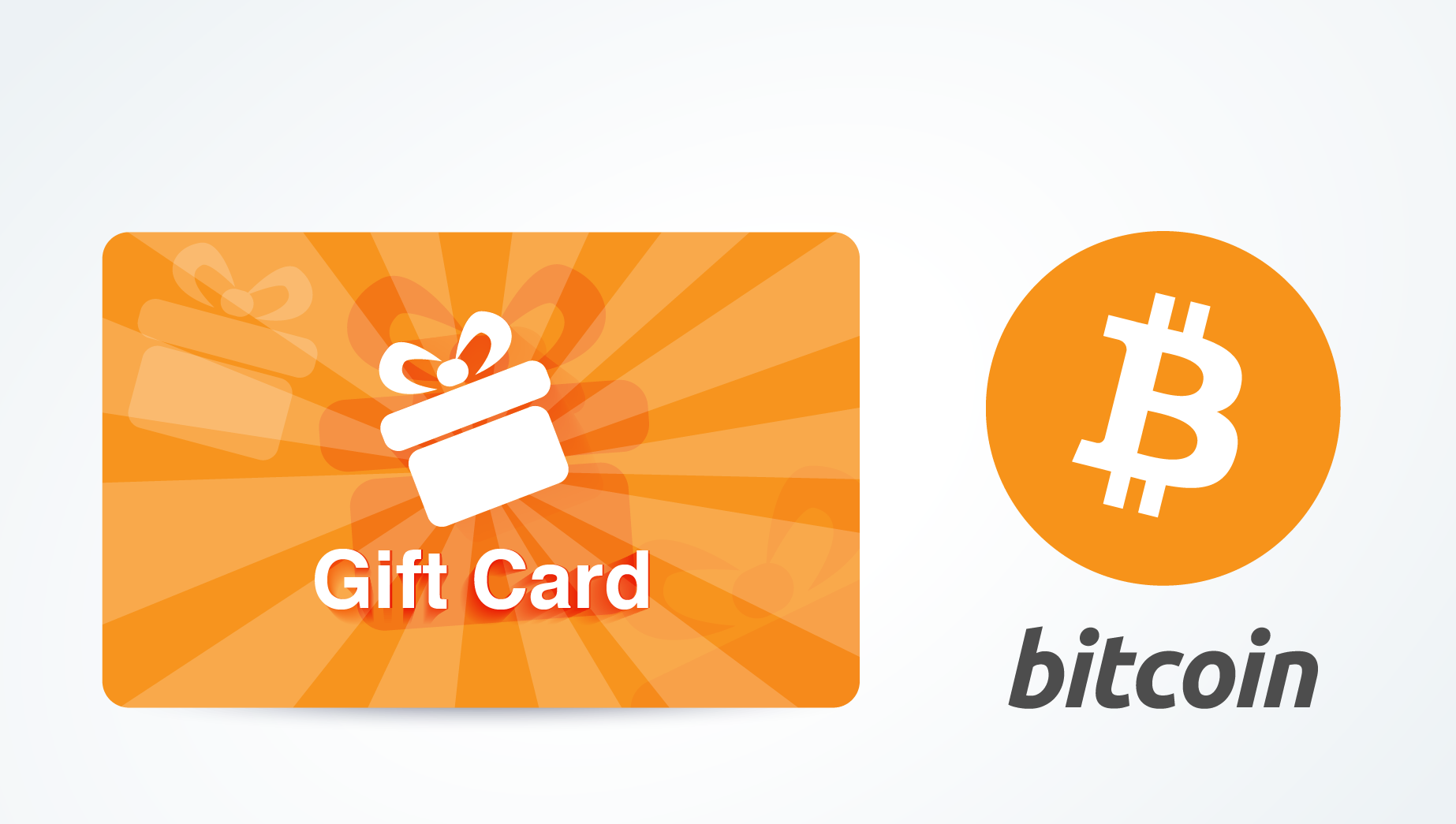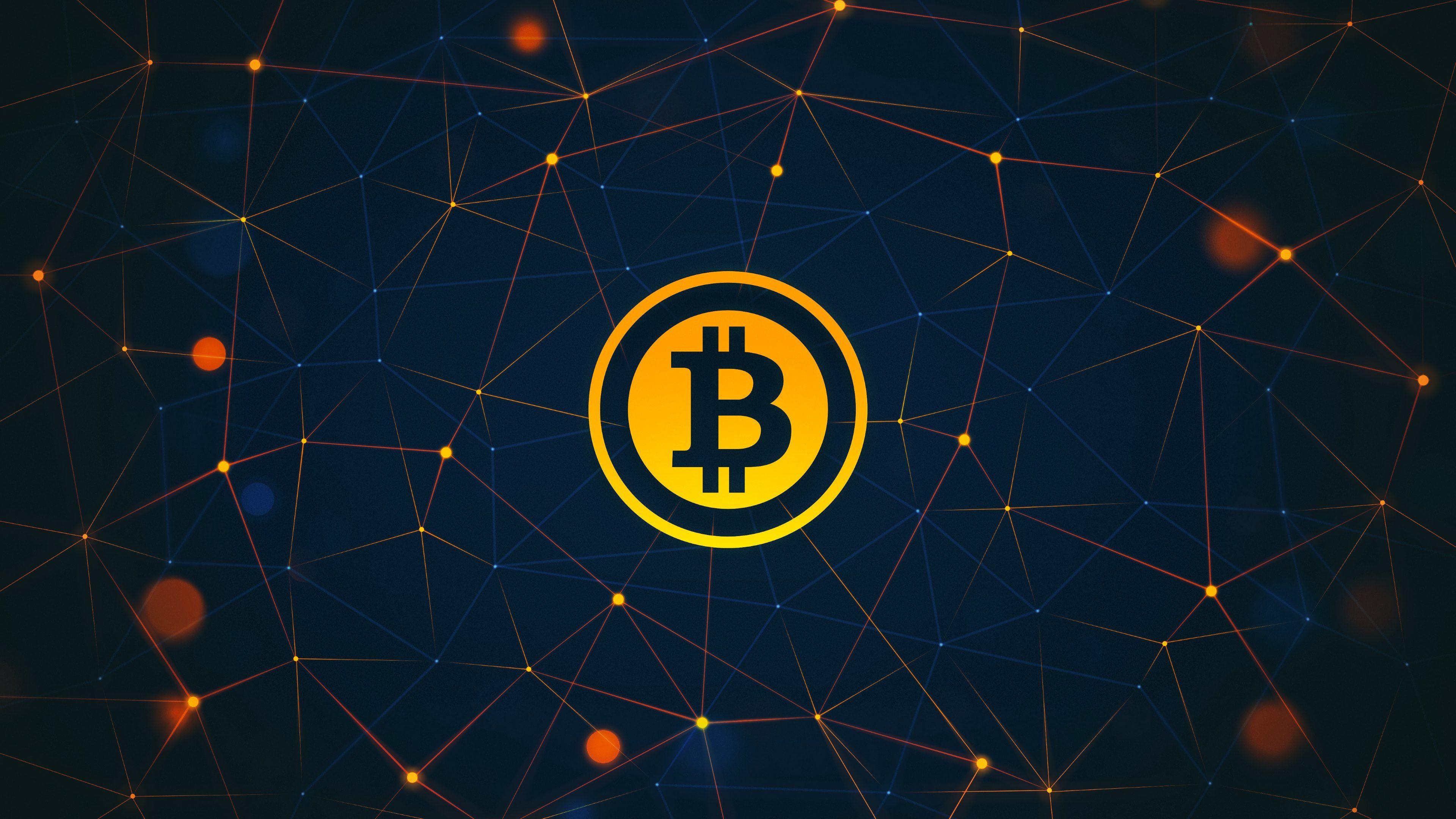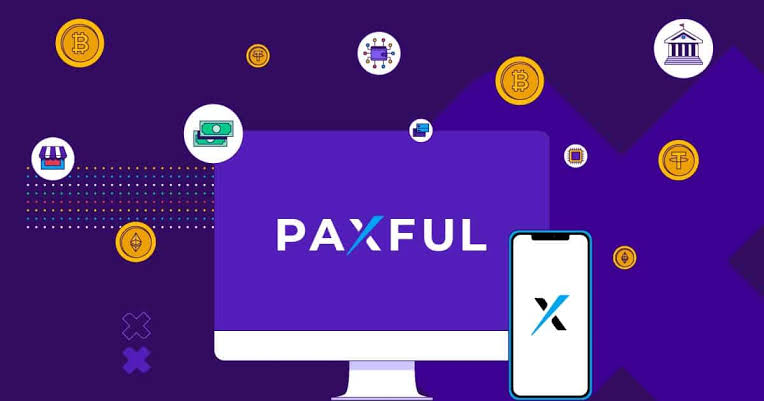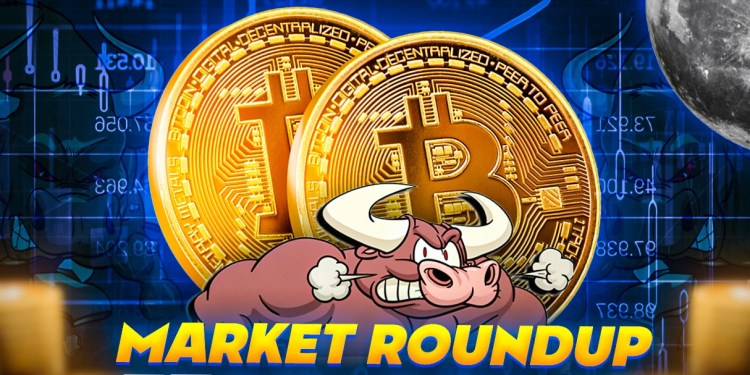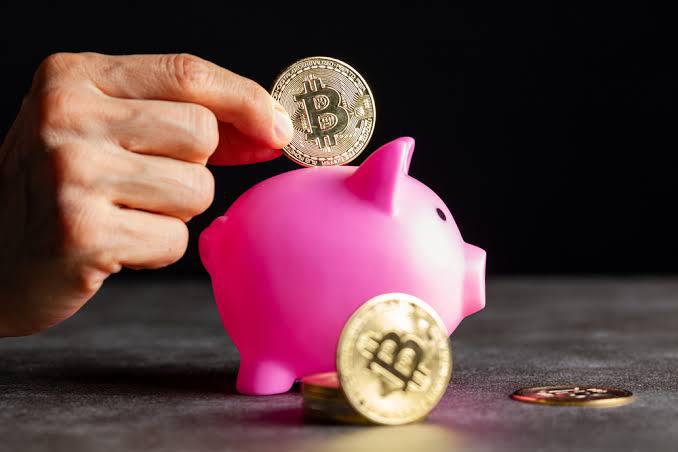-
Digital coins
A digital coin, as its name suggests, is only available in electronic or digital form. This type of currency does not have a physical form and cannot be stored in physical wallets or purses. Instead, it’s stored using digital wallets, which can be accessed only through smartphones, personal computers, laptops, and other electronic devices that support such applications via the Internet.
Another way to define digital coins, as per Paxful coins, is that they are “native to their own blockchain”—or the powerful technology behind cryptocurrencies like bitcoin (BTC), which records or keeps track of every transaction made. They are also called cryptocurrencies or crypto currency coins.
How are digital coins used?
Digital or cryptocurrency coins have the same features as fiat currencies or government-issued money. Among its most common uses are the following:
- Payment method. Like government-issued currencies or money, coins also have purchasing power, which is why they can be used to buy certain goods and products, and pay for various services.
- Transferring money or funds. Since digital coins can be used as payment for various industries online, they also facilitate borderless and nearly instantaneous transactions through supported devices and networks. Receiving digital coins is possible across geographical borders.
- Storage of value. Aside from being used for payments and remittances, digital coins are also deemed as a useful means of storing value. You can accumulate or save them and use them in the future for something useful.
Now that we’ve covered the most common uses of crypto coins, let’s take a look at some examples.
Examples of digital coins
Earlier, we mentioned that this type of coin is native to its own blockchain. For those who aren’t familiar with blockchain technology, it is a decentralized and distributed digital ledger that is often public, and is used in keeping records of transactions. The process of tracking and recording is done by powerful computers and not by a single authority.
Going back to our discussion, here are some examples of digital coins:
- Bitcoin (BTC)
- Monero (XMR)
- Ethereum (ETH)
- Litecoin (LTC)
- Ripple (XRP)
- Cardano (ADA)
There are thousands of other digital coins available in the market today, so we’ve listed just some of the more common and recognizable ones. Let’s take the first three coins as examples of digital coins or cryptocurrency coins. Each of them exists on their own ledgers or blockchains. For instance, bitcoin is operating on its original Bitcoin blockchain. The same goes with ETH that runs on the Ethereum blockchain and XMR on the Monero blockchain.
There are also other types of digital coins called “altcoins?” These are coins that are similar to the original cryptocurrency—BTC—developed and generated through Bitcoin’s open-source protocol. Among the many altcoins available are LTC and Dogecoin (DOGE).
Now that we know what a digital coin is and learned about a few examples, let’s now move on to the next one.
Digital tokens
Unlike digital coins that are created on their own blockchains, tokens—also called digital tokens or crypto tokens—are generated on existing blockchains of specific digital coins. These are “digital assets that can be used inside the ecosystem of a given project,” and have multiple types, which all vary in function.
The most common platform used by the majority of finance and tech folks in creating tokens is the Ethereum blockchain, because of its smart contracts or decentralized applications (dApps) feature, which is programmable. These tokens made on the blockchain of Ethereum are commonly known as ERC-20 tokens.
Among the ERC-20 tokens are Tether (USDT), Tron (TRX), and Basic Attention Token (BAT), to name a few.
Types of tokens and how they work
Digital tokens are divided into four categories: asset or security tokens, commodity tokens, payment tokens, and utility or application tokens.
- Security tokens. This type of token, also known as asset token, is similar to an investment contract, as it can be treated as “company shares and earning streams,” and represented as “an entitlement to dividends or interest payments.” Security tokens are also similar to “equities, bonds, and derivatives.”
- Utility tokens. This type, also called an application token, is an unregulated token that enables access to a project’s functions or specific products or services. The Swiss Financial Market Supervisory Authority (FINMA) states that these tokens are intended to provide digital access to an application or service through a blockchain-based infrastructure. Unlike security tokens, utility tokens don’t work like investments. Utility tokens are similar to the tokens you buy in arcades when you want to run or operate a game.
- Commodity tokens. Standard assets with independent value back commodity tokens. These assets or commodities include sovereign money, gold, and oil (like Venezuela’s Petromoneda or Petro crypto), to name a few.
- Payment Tokens. FINMA defines this type as tokens “intended to be used now or in the future, as a means of payment for acquiring goods or services or as a means of money or value transfer.” One good example is cryptocurrencies. FINMA furthered that as a rule, issuance of this token is subject to the provisions of the Anti-Money Laundering Act (AMLA).
Virtual currency
Virtual currencies, like digital coins, only operate digitally and are intangible. According to the virtual currency schemes analysis released by the European Central Bank (ECB) in February 2015, virtual currency is a “digital representation of value, not issued by a central bank, credit institution, or e-money institution, which, in some circumstances, can be used as an alternative to money.”
In 2012, the ECB defined it as “a type of unregulated, digital money, which is issued and usually controlled by its developers, and used and accepted among the members of a specific virtual community.”
These definitions imply that while virtual currency is “not money or currency from a legal perspective,” it can still serve the same purpose as government-issued fiat currencies, but in specific online communities. These communities include social networks, gaming websites, and gambling portals or online casinos, among others.
This type of currency does not have real-world value. Examples include the gold coins, diamonds, or gems you earn in most mobile and video games, and other possible currencies used in other online communities.
Which is which?
Now you’ve learned that tokens, coins, and virtual currencies, while all of them are considered digital currencies, have significant differences between one another. Exercise your mind a little bit: think of one or two digital currencies. Can you now tell whether it is a token, coin, or virtual currency? It might still be a little bit confusing now, but as you explore other cryptos and digital currencies, you’ll surely develop a clearer understanding of each before you know it.
A quick tip: Be sure to always do your research about the definitions of these terms as they are continuously evolving.
Virtual currency, digital coin, and token—these terms often confuse people a lot in the cryptocurrency sphere mostly because they are wrongly used interchangeably. No surprises there because their meanings are very similar to one another.

